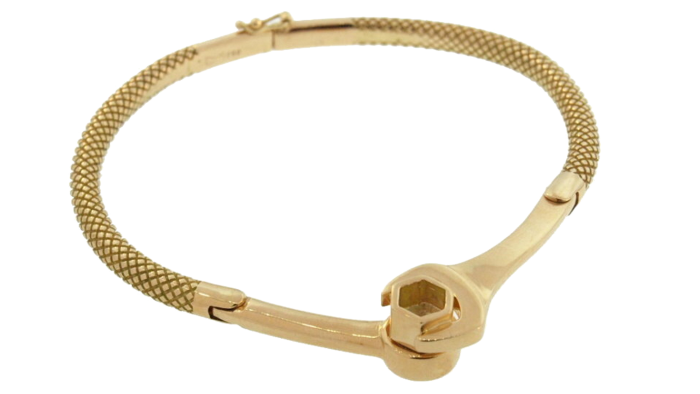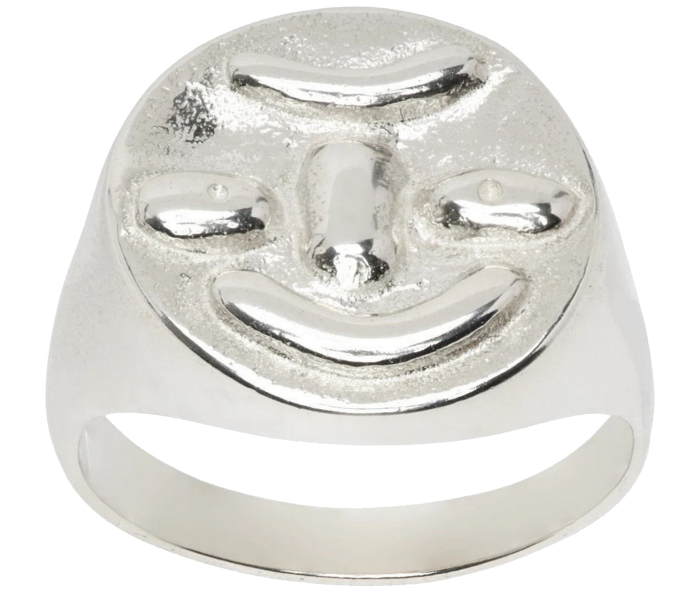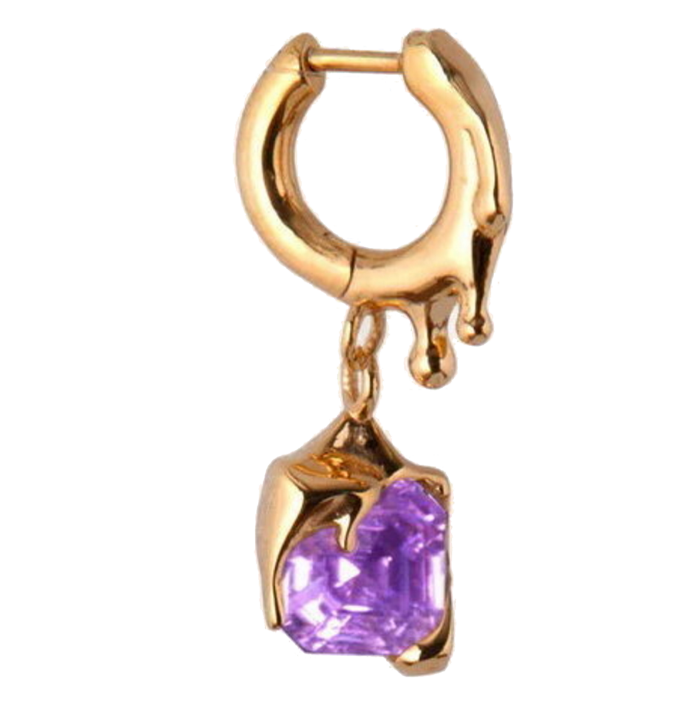Demand for new styles spurs creativity of men’s jewellers

Roula Khalaf, Editor of the FT, selects her favourite stories in this weekly newsletter.
The market for men’s jewellery is going through a creative purple patch as designers capitalise on what, traditionally, has been an underserved group of consumers.
Erwan Le Louër, a jewellery designer and co-founder of Paris-based Le Gramme, says the room for growth in the market gives him and other designers more flexibility. “You don’t have already dedicated codes that you need to follow, so it’s more a blank page that you can evolve,” he says. Le Louër’s designs highlight often unnoticed details, such as the clasp.
Maxim de Turckheim, senior watches and jewellery buyer for menswear ecommerce site Mr Porter, agrees with Le Louër, adding that men’s jewellers are “willing to play around with volumes, scale and materials”, as well as “embrace change, which is trickling down to the product”.
As for the upcoming season, he sees emerald as “the standout stone”, tipping it to be “more popular than diamonds for men”. There is also “mixed metal across a lot of brands”, he adds, while chunky silver or white gold chains are back, alongside big single-stone rings “but on chunkier signets”.
“We are seeing the price point really increase, with men investing in bigger pieces,” de Turckheim says.
Jeweller Stephen Webster, who has been creating men’s collections since 2000, says he has been putting more creative energy into men’s jewellery than ever, “as there is [now] someone to buy it”. A new clientele of 20- to early 30-year-olds, “no matter what their style is, they are finding jewellery that works with their style”, says Webster. Men’s jewellery has been his fastest-growing category, accounting for 25 per cent of his business, up from 10 per cent in 2017.
Brazilian-born, Miami-based jewellery designer Luis Morais — whose work includes a £7,959 14ct gold bracelet with a wrench-like clasp — believes men’s perception of jewellery has changed from wearing classic beads to being open to any design. That means “you can make a more exaggerated piece, or a more intricate piece of jewellery with more details for a man than you [could] do before”, he says.
Creating new styles is key to keeping male customers loyal, says Morais. Returning customers are “much more profitable than trying to find a new one every time”, he says.
Many men’s jewellers started their businesses after looking for designs for themselves but being unable to find anything they liked. That has resulted in designers adding their own personal twist to the market. Take London-based illustrator turned jewellery designer Alec Doherty: his quirky, graphic facial-expression pieces include a silver, down-in-the-mouth Hungover ring with pink and blue sapphire eyes, tinged with emerald on one cheek. “I was at a bit of a crossroads in my life and the hazy feeling was reflective of my mood at that time,” he says.

Doherty’s pieces range in mood from the hazy to ecstatic. “There’s a kind of cultural element there that I think, maybe, is felt by other [men] of my generation that have kind of grown up, kind of, partied a little bit,” he says.
For Brazilian jeweller Alan Crocetti, the fast-evolving tastes in men’s jewellery have changed his design approach. As men are looking for finer pieces, he has made his designs smaller, with more details. At the same time, raw materials have become more expensive.

But Doherty believes the increasing amount of retail space being given over to men’s jewellery means designers have the opportunity to boost their revenue, giving them scope to experiment more — for example, using new metals or bigger stones.
Yet there are creative challenges ahead. For Webster, one of them would be to cater to two distinct male markets: the twentysomethings, “which is fashion-driven”, he says; as well as the more mature watch-wearer market.
A more immediate issue, though, is the rise in material costs, “so it’s harder to make your margins”, says Doherty. Prices of finished jewellery have increased, as a result.
As for the future, Le Gramme believes that expanding into markets such as the Middle East and Africa could create demand for even more intricate designs for their younger populations. Le Louër is planning to open stores in Saudi Arabia and Qatar in the next two years.
But, as the market continues to flourish and retailers increase floorspace for men’s jewellery, “we’re just scratching the surface” of creativity, says de Turckheim.
Comments